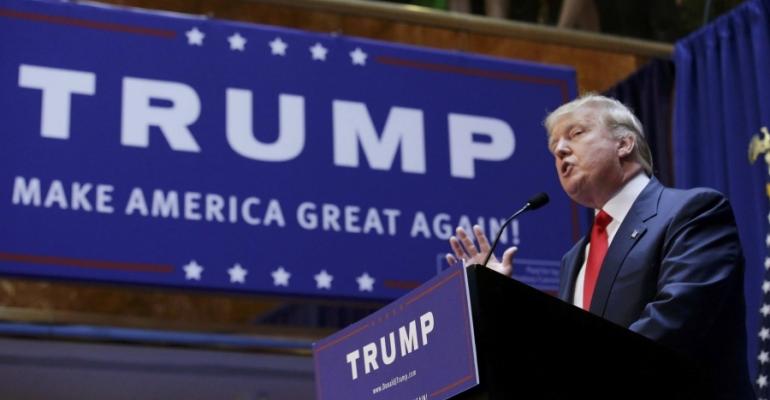This time around, transportation and port sectors have watched closely, since spending on “Infrastructure”, emphasized by Trump during the election campaign, is now moving closer to actualisation.
The convoluted nature of the budgeting process, and the impact of well-done advocacy by industry groups, can be seen by the success of the Transportation Investments Generating Economic Recovery (TIGER) program. TIGER grants, where local and regional governments must apply in a competitive process, totaled $500m in 2017 but were nixed completely from earlier versions of the budget. When the ink dried on the final 2018 bill, $1.5bn was allocated to the TIGER program- some of which will fund projects involving multi-modal infrastructure, important to ports where container ports must interface with broader surface transportation, rail and motor carrier networks.
Good news for ports
The American Association of Port Authorities (AAPA) expressed its happiness at the 2018 bill, and said that the “Legislation is [the] first step toward funding President's goal of strengthening America's infrastructure.” It noted especially an increase in funding, up to nearly $7bn, for the US Army Corp of Engineers (USACE), which is tasked with dredging deep channels, as well as more mundane maintenance of various harbour-related features.
---------------------------------------------------------------------------------------------------------------------------
Read more
Will 2018 be the year of the US infrastructure investment cycle?
Trump’s trade tariffs could hit 200,000 teu of transpacific container volumes
---------------------------------------------------------------------------------------------------------------------------
Also gaining positive mention from the AAPA, were increases in funding for the Diesel Emissions Reduction Act (DERA) program- which provides grants to ports, and other entities, for reducing emissions, and a near doubling of funding - up to almost $1bn - for the US Maritime Administration (MARAD), whose remits include port efficiency and fleet promotion. The “Marine Highway” programme, which supports short sea shipping, only now emerging in the US, saw its allocation raised to $7m up from $5m last year.
Inland waterways not so happy
One group, The Waterways Council, which represents ports, cargo interests, vessel owners and providers of service to the inland river and waterway sector, has actively expressed its disappointment, at both the budget, and President Trump’s $1.5trn Infrastructure plan presented in early February.
While the seaport industry are comfortable with Public Private Partnerships (PPP), where businesses share the cost of spending with government, the inland sector is concerned about cost pass-throughs in PPP structures, as business participant seek to recoup their costs. Traditionally, it has benefit from governmental spending on locks and dams, though it also contributes already, through a $0.29 per gallon user tax on fuels, which is placed into a fund, with a matching government contribution, to pay for infrastructure upkeep.
The American Great Lakes Ports Association (ALGPA) commented, on the eve of President Trump signing the Omnibus bill that the “Congress included an additional $341.4m in the Corps of Engineers' budget - above and beyond amounts requested by the agency.”
The ALGPA also noted that the Saint Lawrence Seaway Development Corp. received $40m, also more than it had requested, and suggested that the approximately half for the “Asset Renewal Programme”, would go a long way towards maintenance and rehabilitation of locks on the Seaway. Such positive surprises are welcomed by industry groups, and will partly assuage some of the concerns voiced by the Waterways Council, though the cost of needed infrastructure fixes greatly exceeds the magnitude of “found money” in the Omnibus bill.
Copyright © 2024. All rights reserved. Seatrade, a trading name of Informa Markets (UK) Limited. Add Seatrade Maritime News to your Google News feed.


